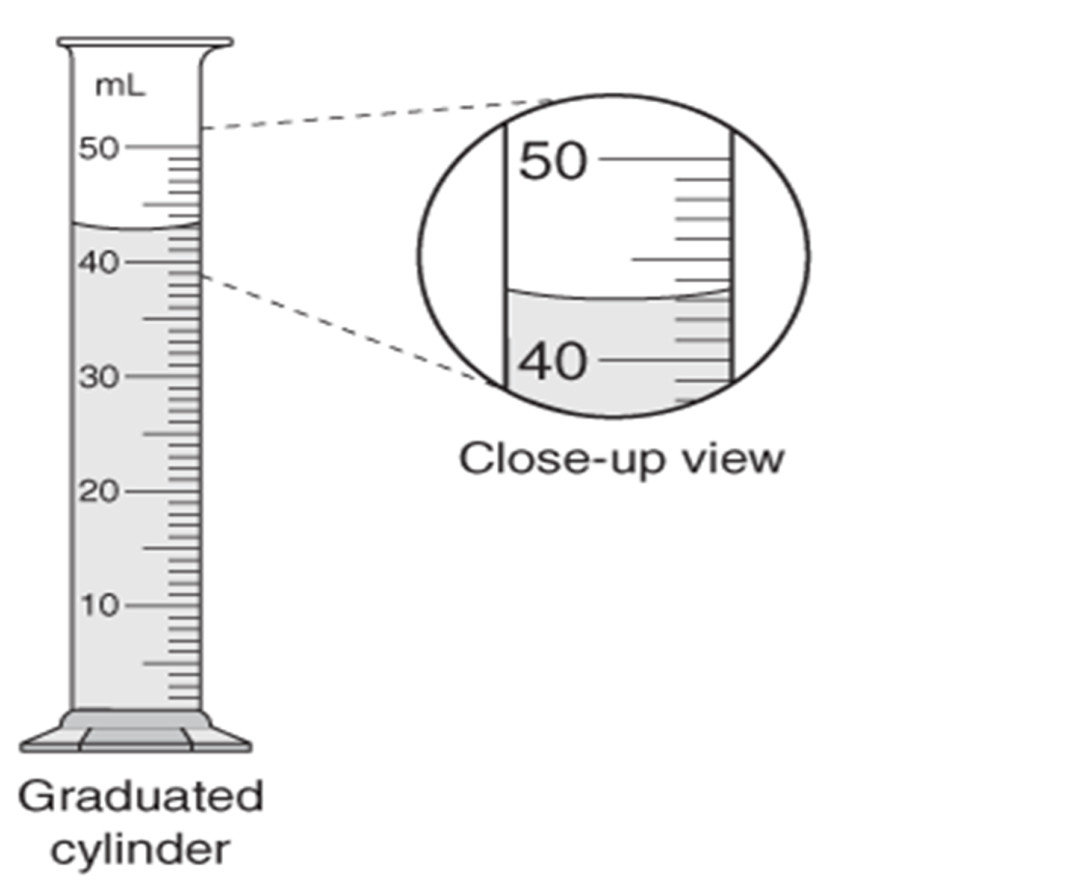Measurement and the Metric System: Core Concepts and Everyday Applications
Lesson Overview
- How Did the Metric System Come to Be?
- What Fundamental Units Form the Metric System?
- How Do Metric Prefixes Simplify Measurements?
- Why Are Metric System Conversions Essential?
- How Do Accuracy, Precision, and Significant Figures Affect Measurements?
- What Is the Difference Between Distance and Displacement?
You've measured ingredients for a recipe only to find something off with the taste. Mastering measurement and the metric system through this lesson ensures precise calculations, making your results accurate, reliable, and consistent every single time you measure anything.
How Did the Metric System Come to Be?
Would you believe the metric system emerged from the revolutionary spirit of France? Discover the fascinating history behind this revolutionary system, its initial definitions, and its significant impact on global trade and scientific cooperation.
Key Metric Units and Their Historical Origins:
- Length: The meter was originally defined by the Earth's geography.
- Mass: The gram is associated with water's density.
- Volume: The liter is tied directly to the kilogram.
- Temperature: Celsius, based on water's critical points.
What Fundamental Units Form the Metric System?
Are you aware that every scientific measurement is built from foundational units? Here, you'll delve into the essential units of measurement like length, mass, volume, and temperature, understanding how they underpin every scientific and daily activity.
Primary Units Explained:
- Length (Meter - m)
- Mass (Gram - g)
- Volume (Liter - L)
- Temperature (Celsius - °C)
Take This Quiz
How Do Metric Prefixes Simplify Measurements?
Imagine easily scaling measurements up or down using simple prefixes. Explore how metric prefixes like kilo, centi, and milli simplify and clarify communication across scientific and practical contexts.
Commonly Used Metric Prefixes:
- Kilo (k)
- Hecto (h)
- Deca (da)
- Deci (d)
- Centi (c)
- Milli (m)
Why Are Metric System Conversions Essential?
Mastery of metric conversions is critical in scientific disciplines where measurement precision and unit consistency are paramount, such as in physics, chemistry, and engineering. Understanding these conversions not only strengthens numerical fluency but also ensures that calculations maintain their integrity across different contexts, enhancing accuracy in data interpretation and reporting.
Key Metric Conversions and Examples:
| Conversion | Method | Example |
| Kilometers to meters | Multiply by 1,000 | 2 km = 2,000 m |
| Centimeters to meters | Divide by 100 | 250 cm = 2.5 m |
| Millimeters to meters | Divide by 1,000 | 500 mm = 0.5 m |
How Do Accuracy, Precision, and Significant Figures Affect Measurements?
In scientific investigations, the quality and reliability of data are closely linked to how accurately and precisely values are measured and recorded. Accuracy refers to how close a measurement is to the true or accepted value, while precision indicates the repeatability or consistency of a set of measurements. Often misunderstood as interchangeable, these two concepts serve distinct purposes. Moreover, the concept of significant figures ensures that only meaningful digits-those known with certainty plus one estimated digit-are reported in measurements, thereby preserving the reliability of results and avoiding overstatement of data precision. Utilizing proper significant figure rules ensures that scientific data remains valid, especially when performing complex calculations involving multiplication, division, or rounding of measured values.
Rules for Significant Figures:
| Rule | Description | Example |
| Non-zero digits are always significant | All such digits are counted | 123.45 → 5 significant figures |
| Leading zeros are not significant | They serve only as placeholders | 0.0045 → 2 significant figures |
| Captive zeros are significant | Zeros between digits count | 105 → 3 significant figures |
| Trailing zeros in a decimal are significant | They show measured precision | 7.300 → 4 significant figures |
What Is the Difference Between Distance and Displacement?
In physics, understanding motion begins with distinguishing between distance and displacement, two terms often used interchangeably but fundamentally different. Distance refers to the total length of the path traveled, regardless of direction, making it a scalar quantity. In contrast, displacement denotes the change in position from an initial point to a final point and includes both magnitude and direction, classifying it as a vector quantity. This distinction becomes essential when analyzing motion, calculating velocity, or solving problems involving directional changes. Real-world applications-such as GPS navigation, sports analytics, and robotics-depend on a clear comprehension of how these measurements differ in practical scenarios.
Comparative Examples:
| Scenario | Distance | Displacement |
| Walking 3 km east and then 3 km west | 6 km | 0 km |
| Driving 5 km north then 5 km east | 10 km | ~7.07 km NE (using Pythagoras' theorem) |
| Running a circular track and returning to start | Equal to circumference | 0 (net change in position) |
Take This Quiz
Rate this lesson:
 Back to top
Back to top
(190).jpg)
